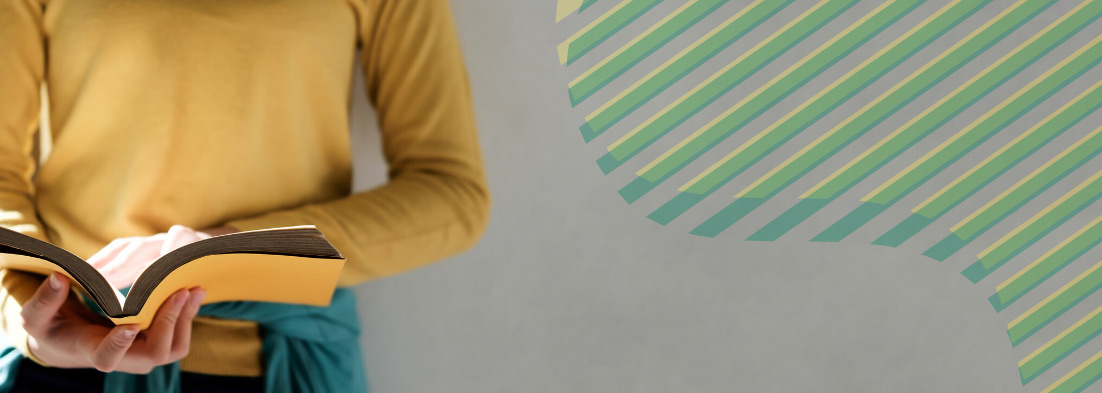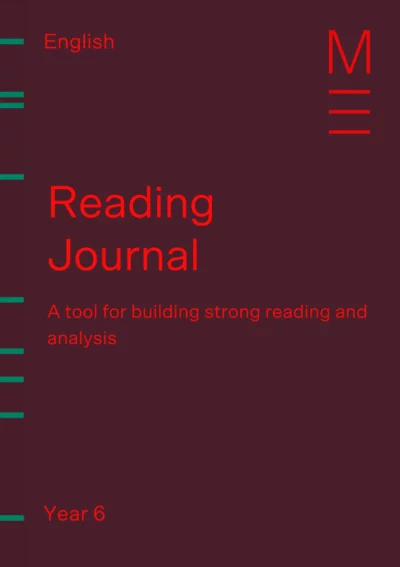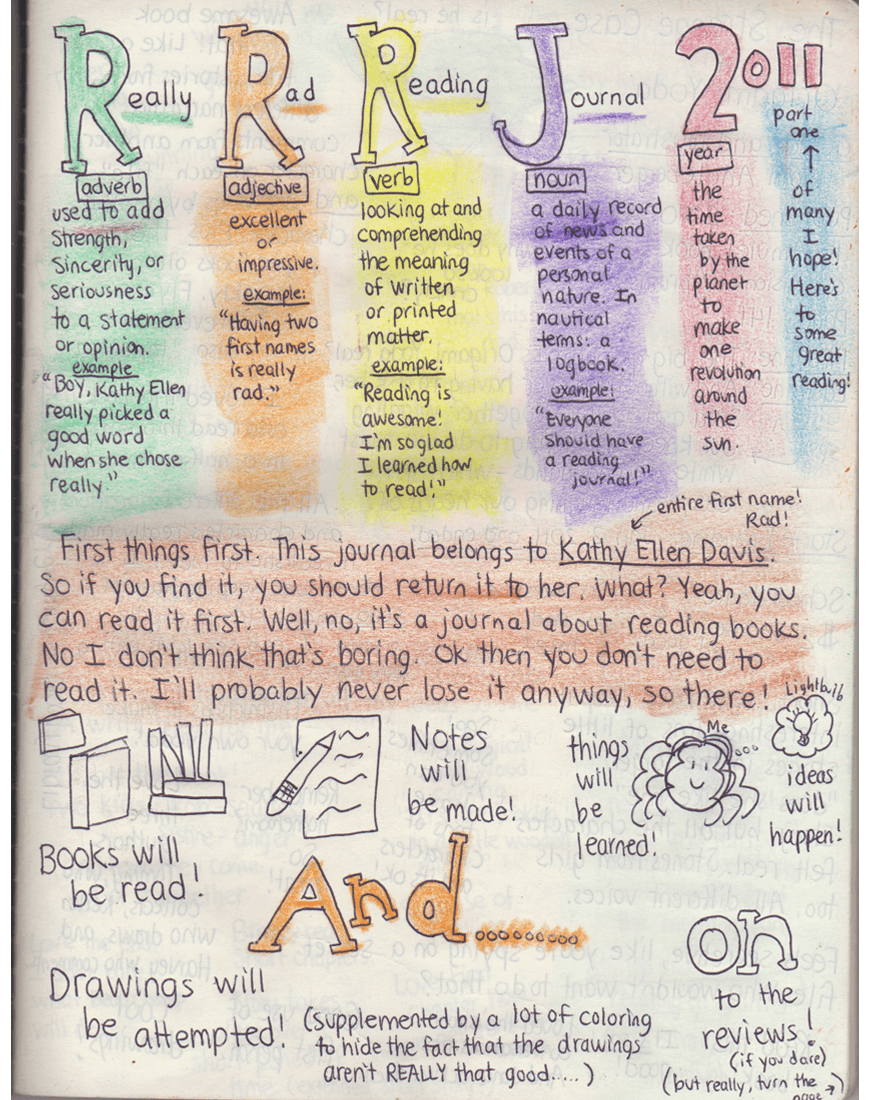Welcome to Matrix Education
To ensure we are showing you the most relevant content, please select your location below.
Select a year to see courses
Learn online or on-campus during the term or school holidays
Learn online or on-campus during the term or school holidays
Learn online or on-campus during the term or school holidays
Learn online or on-campus during the term or school holidays
Learn online or on-campus during the term or school holidays
Learn online or on-campus during the term or school holidays
Learn online or on-campus during the term or school holidays
Get HSC Trial exam ready in just a week
Get HSC exam ready in just a week
Select a year to see available courses
Science guides to help you get ahead
Science guides to help you get ahead

Jumping into High School English might sound a little scary. But don’t fear! There are many habits you can adopt that will make your transition from Year 6 to Year 7 much easier. Keeping a reading journal is at the top of that list!
In this article, we’re going to explain what a reading journal is, why you should keep one, and how to use one. So, let’s get cracking!
Download our reading journal and develop an understanding of your texts and get ahead of your peers!
Get your FREE Reading Journal to create lifelong-reading habits. Fill out your details below to get this resource emailed to you. "*" indicates required fields
Build great reading habits today!

Build great reading habits today!
In the past, you would have kept a reading log where your parents signed a sheet to show that you read a particular book.
Well, a reading journal is quite similar to these reading logs.
Except, there is more thinking involved!
Reading journals are a way to make notes and record what you’ve learned about your book, as you read.
Reading Journals usually include information such as:
We recommend that you handwrite your reading journals because:
When you handwrite your notes, you can also make them as pretty or simple as you want them to be!
Reading is very important.
You should aim to read for at least 10-30 minutes a day… Whether it is before bedtime or on the bus ride to school.
In High School, you need to analyse texts, not just read and discuss them.
Textual analysis is all about comprehension, unpacking a text and looking at how the authors or composers of the text represent things and convey abstract meaning (things like emotions, etc.).
(Textual analysis is a skill High School students develop and is not something many Year 6 students are aware of. But if you want to learn more about Textual Analysis, we discuss How to Analyse Texts in Year 7 and 8 in detail in our Beginners Guide to Year 7 & 8 English.)
Reading journals help you:
Using a reading journal is pretty simple!
Remember, you do not need to finish a whole reading journal in one sitting just as you don’t need to read a whole novel in one sitting.
Spread it out across a couple of days or even weeks. Take your time to really explore different aspects of the book.

Okay, so let’s look at how to do this.
Novels and non-fiction texts are generally quite long… the can range between 200-400 pages!
This means that they usually take a few days to read.
So, it is important that you choose a text that is not only challenging, but also something you will enjoy!
To do this, ask yourself:
Read the contents and reviews to see what the book is about!
Make sure that the text is not too easy to read and not too difficult.
Reading should be a learning experience, but you also don’t want to give up halfway because it is too difficult.
If you are still unsure about what to read, we have a list of recommended texts below!
The first addition to your reading journal is super simple!
Just write down the title and author of your text.
Here is an example:
Did someone recommend it to you? Did the plot sound interesting? Do you like the characters? Maybe, you’ve seen the movie version of the novel and want to read it.
Just write down the reasons why you chose this novel.
For example,
Now, it is time to carefully look at the characters in your text!
To do this, you need to:
Note: Examples are moments in the text that demonstrate a certain idea. They can be dialogue, specific scenes, symbolic objects or even character developments.
It is important that you always identify the techniques in these examples. The techniques is what you are analysing in a text.
For example,
Finding examples and identifying techniques is a good habit to get into early.
It will help you easily identify evidence when you analyse texts in High School.
Summarise what the story is about!
This is useful when you want to quickly remind yourself of what happens in the text…
Especially when your teacher asks you to write an essay about a text that you read 3 months ago!
To do this, you need to think about the 3-Act structure. That is:
So, to write a plot overview, you need to find important events for each Act.
Remember, you don’t need to write everything that happens in your text… just the important events!
For example,
Remember, to write a strong essay in High School English, you need good examples that prove your argument!
So, let’s get some practice and look for good examples for our reading journal.
Remember, you can pick examples from anywhere in the text! They can come from Chapter 1, or the very last page of the text!
As long as your examples trigger strong thoughts and emotions and force you to think, they are good!
Once you’ve chosen an example, you can write down your thoughts about it.
For example,
Firstly, what are themes?
A theme is similar to the story’s moral message. But they are a bit different!
Think of the theme as the main idea of the text, summarised into one or a few words.
For example, trust, wisdom and truth are all themes in Little Red Riding Hood.
When looking for a theme, you need to carefully examine the plot, characters and even the examples! You will see that the theme is interwoven throughout the whole text.
Ask yourself these questions to help identify the themes of your text:
Now that you know how to identify the themes in a text, it is time to discuss them!
This means that you need to provide examples that strongly convey your theme.
To do this, you need to carefully look at your text, break it down and look for techniques or quotations that relate to your themes.
Sometimes, they might be more abstract.
This means it may be harder to find them! But these examples are often the strongest examples you can find.
For example,
Now, let’s write about your thoughts on the text!
Take this time to reflect and critically think about the novel.
Here are some things you can think about:
For example,
| Title and Author | Overview | Level of Difficulty (1 = easy, 5 = hard) |
| The Hobbit JRR Tolkien | The hobbit, Bilbo Baggins and the dwarves goes on a journey to the Lonely Mountain to reclaim the dwarves’ home from the dragon, Smaug. | 4 |
| Harry Potter and the Philosopher’s stone JK Rowling | Orphaned boy, Harry Potter, finds out that he is a wizard on his 11th birthday. He is called to go to the wizarding school, Hogwarts. Here, Harry and his friends solve a mystery about the hidden treasure and come face to face with Harry’s arch-enemy, Voldemort. | 2 |
| Once Morris Gleitzman | Jewish orphan, Felix is hidden from the Nazis in a Catholic church. However, after he witnesss the Nazis burning books from the Church, he embarks on a journey to find his book-selling, parents. | 3 |
| Eragon Christopher Paolini | Farm boy, Eragon, finds a mysterious stone in the mountains which turns out to be a dragons egg. When the egg hatches, Eragon is thrown into a new world with a new destiny. He goes on a quest with the dragon to overcome the evil king. | 2 |
| The Book Thief Markus Zusak | Set in 1938 Nazi Germany, Liesel steals books from Nazi book-burns and libraries to take her mind away from the horrors of War. Meanwhile, her adoptive family hides a Jew in their basement. It is a dangerous world to live in. | 3 |
| The Hunger Games Suzanne Collins | Katniss Everdeen volunteers to replace her sister in the Hunger Games. It is a gruesome and deadly competition where 2 randomly selected children from 12 districts are put in a stadium to fight ’till death. The last person standing is declared the winner. Katniss is put against stronger competitors who have been training their whole lives for this. | 3 |
| The House on Mango Street Sandra Cisneros | This is a coming-of-age novel about a Latina girl, Esperanza, living in the streets of Chicago. The novel follows Esperanza and her roller-coaster journey to adulthood. | 2 |
| Ender’s Game Orson Scott Card | This sci-fi novel follows the child genius, Ender. He is chosen to train in the Battle School to prepare for the next space attack. | 4 |
| Oliver Twist Charles Dickens | Oliver is an orphan who lives and works in harsh conditions on the child farm. After he asks for more food, the parish officials decide to punish him by sending him to a coffin maker. However, he meets a pick-pocket and joins the group of boys who are trained to steal. | 5 |
| What Masie Knew Henry James | Masie finds herself caught between her very self-absorbed parents after their divorce. Who will she choose to live with? | 5 |
[InlineContentDownloadForm]
© Matrix Education and www.matrix.edu.au, 2025. Unauthorised use and/or duplication of this material without express and written permission from this site’s author and/or owner is strictly prohibited. Excerpts and links may be used, provided that full and clear credit is given to Matrix Education and www.matrix.edu.au with appropriate and specific direction to the original content.